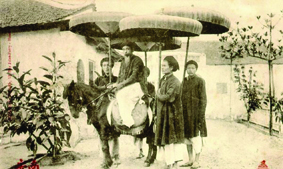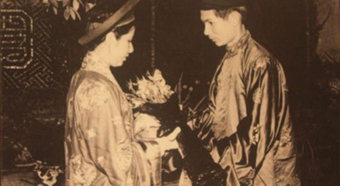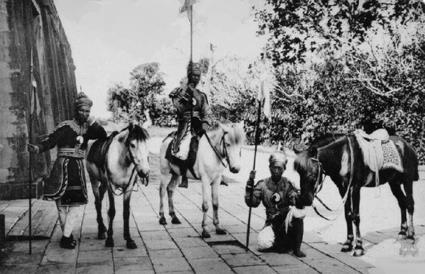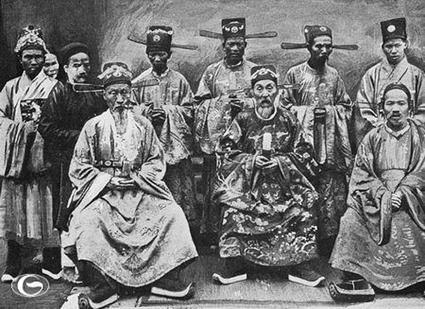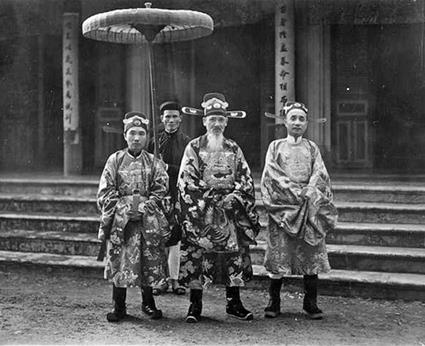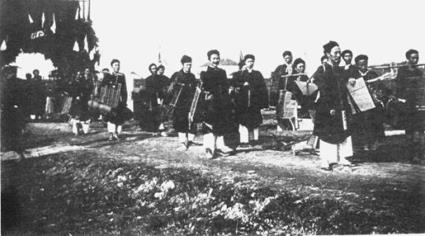Do Danh Huan, MSc.
Vietnam Institute of History
 |
| Visitors study Chieu Doi Do (Edict on the Transfer of the Capital) of King Ly Thai To at Do temple in Bac Ninh province __Photo: Anh Tuan/VNA |
Feudal Vietnam under the Ly dynasty, which was then called Dai Viet (Great Viet) and ruled by nine Ly kings from 1009 to 1225, bordered on China to the north, former Chiem Thanh to the south, Tonkin gulf and East Sea to the east and Lam Tay (equivalent to Son La and Lai Chau provinces at present) to the west. The young Vietnamese monarchy, which was being in the initial process of stabilization and national construction in all aspects, faced constant threats of invasion from the giant northern neighbor and disturbances and plunderings from the south by Chiem Thanh’s troops.
In such circumstances, Dai Viet’s feudal rulers adopted specific and effective policies to maintain peace and stability in border regions far away from the imperial city, with first priority given to the northern areas bordering on China. There, the Ly dynasty successfully applied throughout its reign the “Nhu vien cuong” (flexibility) policy to national management, which greatly contributed to the creation of a peaceful environment and a flexible code of conduct toward people in border regions and border buffer zones, which were inhabited largely by ethnic minorities. While the central feudal state was not strong enough to control the whole country, particularly regions far away from Thang Long capital, the application of such a flexible and harmonious policy to border inhabitants was extremely clever, greatly contributing to strengthening the country through the effective management of border inhabitants...
* Only subscribers can access the rest of this article.
